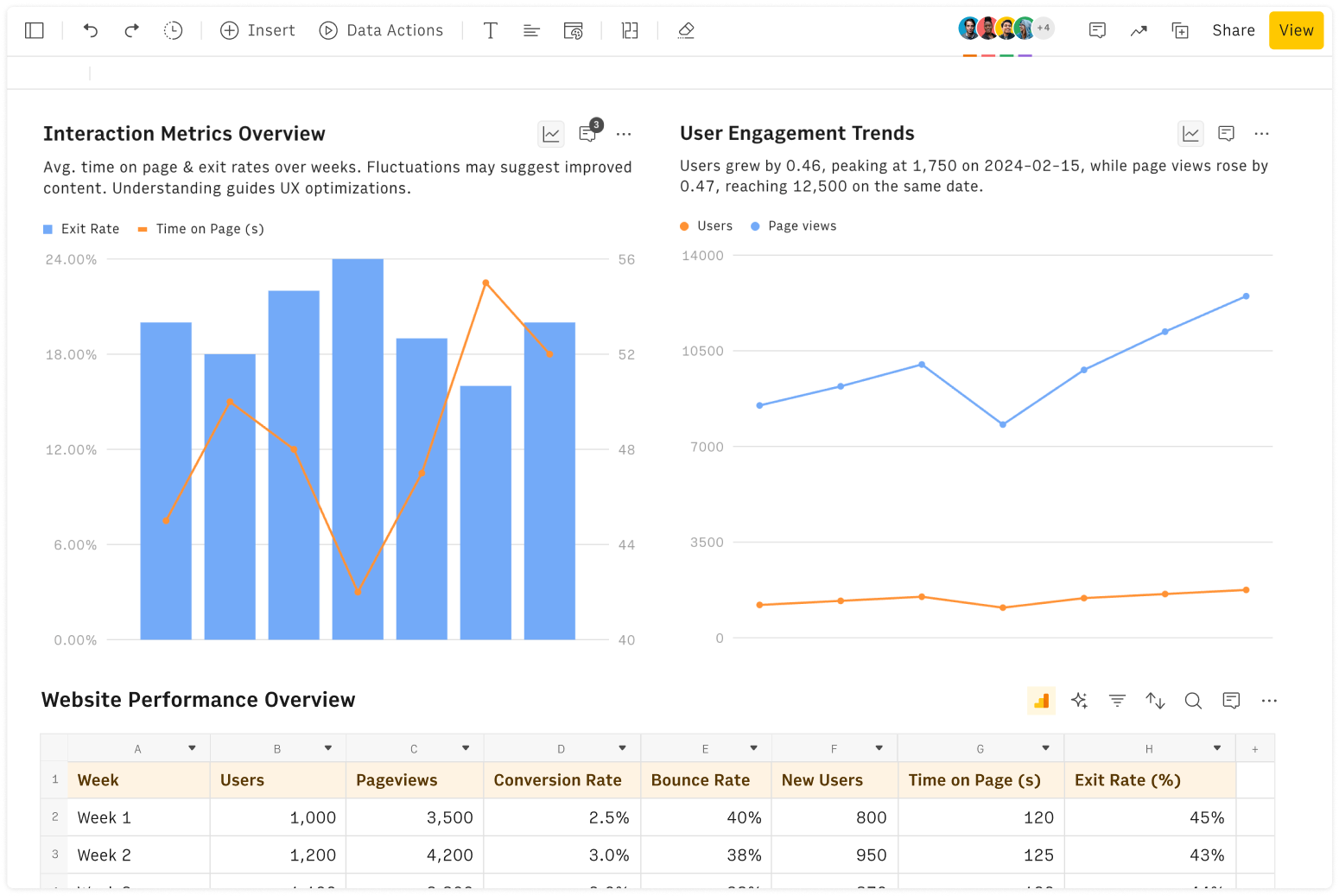The Twitter Engagement Rate Calculator helps you calculate the engagement rate of your account by comparing the reactions generated by your tweets to your follower base. In other words, it measures how good you are at engaging with your followers.
It uses the following input:
Number of tweets = number of tweets to be considered in the analysis
Likes = total number of likes generated
Retweets = total number of retweets generated
Replies = total number of replies generated
Quotes = total number of replies generated
Number of followers
The engagement rate is calculated as follows:
Engagement rate = [(Likes + Retweets + Replies + Quotes) / Number of Tweets] / Number of followers
According to Scrunch, an engagement rate between 0% and 0.02% is considered to be low. Values between 0.02% and 0.09% are considered to be good, while a rate between 0.09% and 0.33% is considered to be high, where an influencer would expect 0.9 - 3.3 reactions for every 1000 followers. Finally, an engagement rate between 0.33% and 1% is considered to be stellar, with expected reactions to be between 3.3 - 10 for every 1000 Twitter followers.
Recently, Twitter has disclosed its algorithm specs to the world, showing which are the main parameters used by their technology to show tweets in the feed. Here are the most relevant points:
Likes ≻ retweets ≻ replies. In order to rank your tweets high, it’s much more impactful to earn likes and retweets than replies. Each like gets a 30x boost, each retweet a 20x, and each reply only 1x.
Images and videos help. Adding an image or video to your tweet adds a 2x boost.
Links (generally) hurt. Unless you have a high enough engagement, links usually get you marked as spam.
Mutes, blocks, unfollow, spam, and abuse reports. Getting any of them hurt your engagement.
Blue badge. Paying for the blue badge extends your tweets' reach by 2x and so the likelihood of generating reactions.
Misinformation is highly down-ranked. Anything that is categorized as misinformation gets the rug pulled out from under it.
Misspelling or using made-up words hurts. Words that are identified as “unknown language” are given 0.01, which is a huge penalty.
Posting outside your cluster hurts. The algorithm clusters you into a group of similar profiles. This serves the purpose of extending tweet reach beyond your followers to similar people. If you write content that targets people outside your network, your tweets get a penalty.







